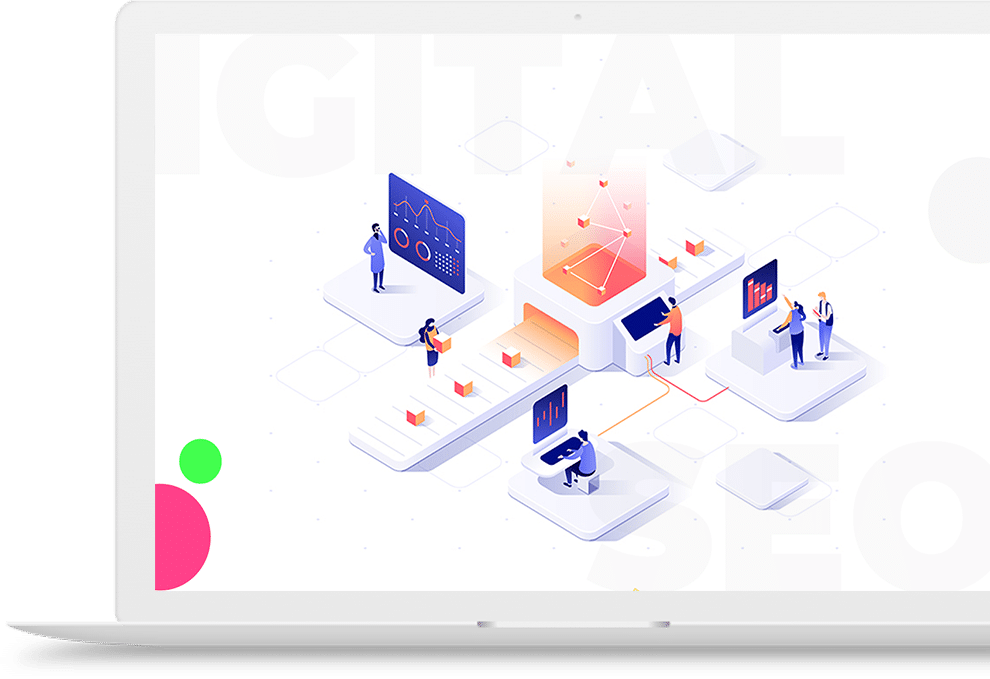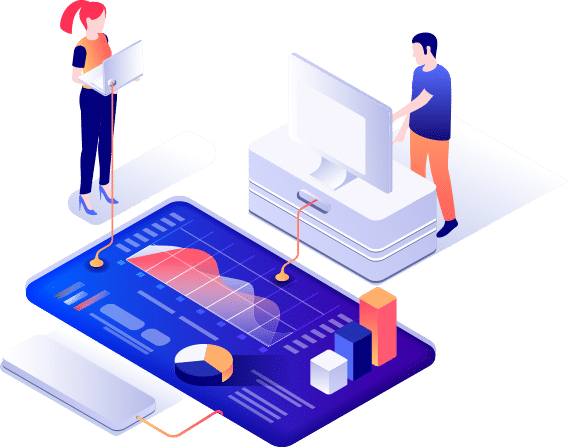
What You Can Discover from Social Media Public Data
- Admin
- No Comments
Social media has become an essential part of daily life, and as a result, it has become a rich source of public data. This data, generated by millions of users globally, can offer businesses, governments, and individuals valuable insights. By analyzing social media public data, organizations can uncover trends, understand customer sentiment, improve marketing strategies, and even predict future behaviors. In this article, we explore what businesses and analysts can discover by tapping into the vast pool of social media public data.
1. Consumer Sentiment and Feedback
One of the most valuable insights you can gain from social media data is consumer sentiment. Social platforms are where people freely express their opinions, preferences, and experiences with brands, products, and services. By analyzing posts, comments, and hashtags, businesses can gauge public opinion in real-time.
For example, brands can monitor mentions of their products and analyze the tone of the conversation to identify positive or negative sentiments. This insight can help businesses adjust their marketing messages, improve products, or even address customer complaints before they escalate.
2. Market Trends and Consumer Behavior
Social media is a treasure trove of information about emerging trends and shifts in consumer behavior. By tracking conversations, hashtags, and user engagement, companies can identify new trends in real-time. Whether it’s a new fashion style, viral product, or trending topic, social media platforms can give businesses a competitive edge by spotting these trends early.
For instance, analyzing popular Instagram posts or Twitter hashtags can provide insights into what consumers are interested in, allowing companies to tailor their product offerings or marketing efforts accordingly.
3. Competitor Insights
Social media is a goldmine for gathering insights about competitors. By analyzing the content, engagement, and strategies of competing brands, companies can gain a deeper understanding of their competitors’ strengths and weaknesses. This helps businesses refine their own strategies to better differentiate themselves in the marketplace.
For example, analyzing a competitor’s social media campaigns can reveal what types of content resonate with their audience, what timing works best, and what their followers are saying about them. This data can inform your own approach and help you stay ahead of the competition.

4. Influencer Marketing Opportunities
Social media is home to a wide range of influencers who hold significant sway over public opinion. Analyzing public data can reveal which influencers have the greatest reach and engagement within your target demographic. By identifying these key influencers, brands can create partnerships that enhance their marketing efforts.
For example, brands can track influencer posts across platforms like Instagram, YouTube, and TikTok to assess the potential impact of collaborating with specific influencers. This can result in more effective and cost-efficient marketing campaigns.
5. Crisis Management and Reputation Monitoring
Social media provides a real-time window into how the public perceives brands and events. By monitoring public sentiment closely, companies can detect early signs of potential PR crises or negative sentiment before they escalate. Social media platforms are often where rumors and complaints first emerge, making them a crucial tool for reputation management.
For instance, if a brand is receiving negative comments or experiencing a sudden drop in engagement, early detection through social media monitoring can allow for quick responses and damage control. Proactively addressing these concerns can prevent more significant issues down the road.
6. Geographic and Demographic Insights
Social media platforms offer a wealth of data about user demographics and geographic locations. By analyzing where and who is engaging with your content, you can gain insights into your target audience and refine your marketing strategies.
For example, using geolocation data from platforms like Twitter or Instagram, businesses can identify where the majority of their followers are located, allowing them to target specific regions for localized promotions. Additionally, demographic information can help brands tailor their messages to appeal to different age groups, genders, and interests.
7. Brand Health and Competitive Benchmarking
Social media data can serve as a health check for a brand’s performance over time. By measuring engagement, sentiment, and reach on platforms like Facebook, Twitter, and LinkedIn, businesses can track how their brand is evolving and compare it to competitors.
Benchmarking social media performance against industry standards or direct competitors can help identify gaps in strategy, highlight opportunities for growth, and improve overall performance.
8. Content Performance and Engagement
Understanding what type of content resonates with your audience is crucial for improving engagement and increasing conversions. Social media data can show which types of posts, videos, or stories attract the most attention and generate the most interactions. This allows businesses to refine their content strategies and create more of what their followers want.
For example, analyzing engagement rates on Facebook or Instagram can help you determine the best content formats (such as infographics, videos, or articles) and posting times to maximize reach.
Social media public data is an invaluable resource for businesses and analysts looking to stay ahead of the curve. By leveraging this data, organizations can gain deep insights into consumer sentiment, market trends, competitor activities, and much more. The key to unlocking the full potential of social media data lies in utilizing the right tools and strategies to analyze the vast amounts of information available. With the right approach, social media data can drive more informed decisions and lead to stronger, data-driven strategies.
